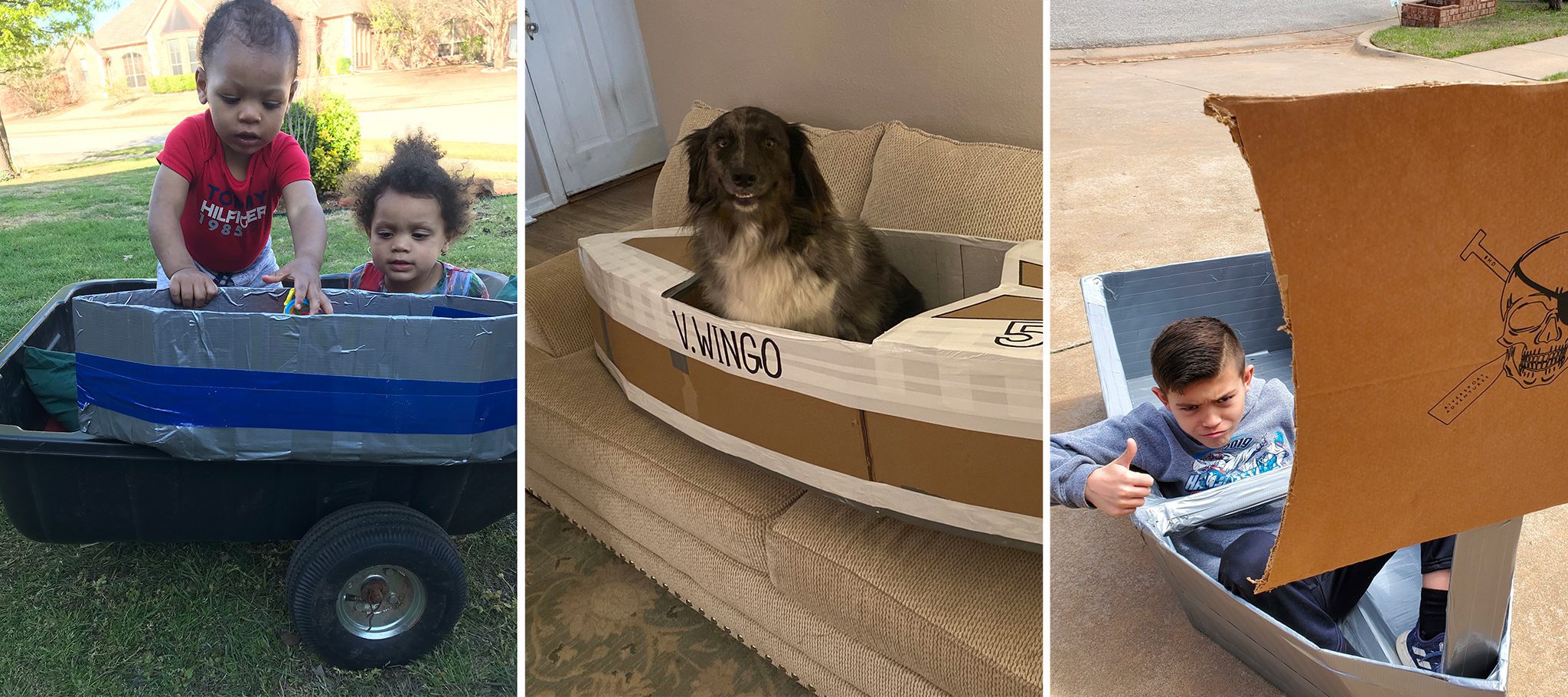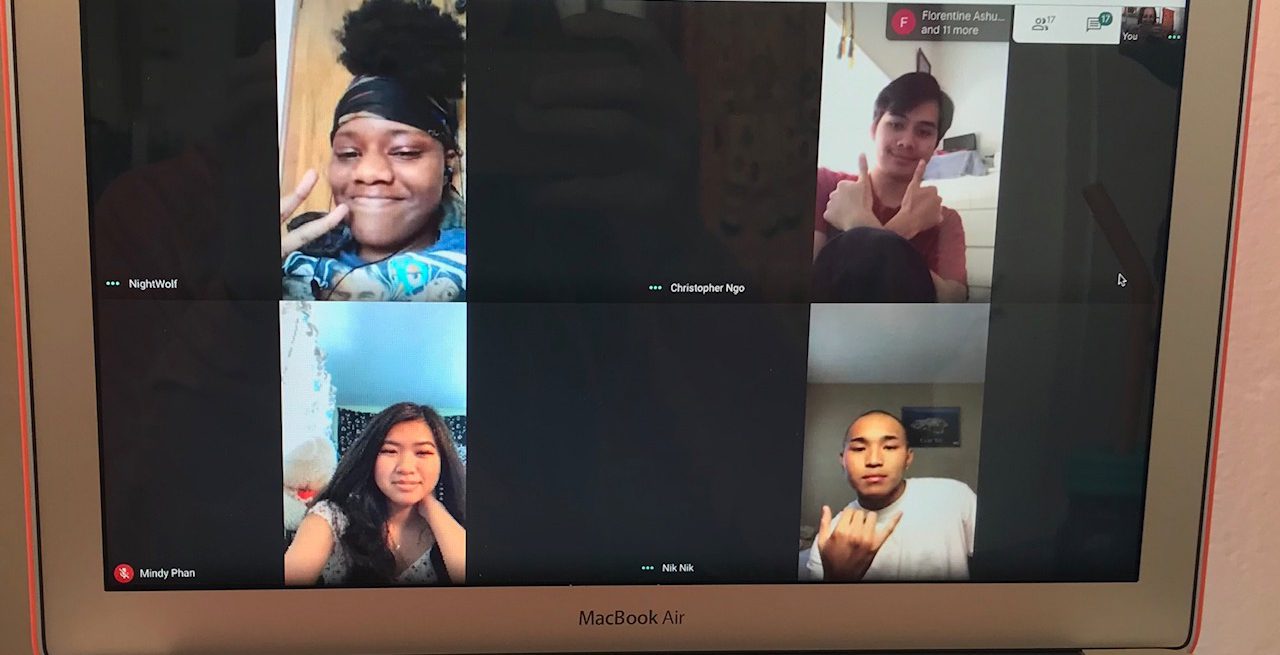In its first year, The Outdoor Foundation’s Thrive Outside Community Initiative has made multi-year grants to four regions across the country (San Diego, Oklahoma City, Atlanta and Grand Rapids) to build and strengthen networks focused on providing children and families with repeat and reinforcing experiences in the outdoors. Our communities are finding unique ways to positively impact their communities during the COVID-19 crisis.
We’re proud to share the innovative work from our Thrive Outside Oklahoma City Community through one of their leading organizations RIVERSPORT.
Staying connected to the outdoors right now is challenging. We want to offer families a fun, easy activity that uses everyday items, and we want to tie it into getting more kids and families involved in kayaking and canoeing.
We launched the RIVERSPORT Cardboard Canoe Challenge inviting Thrive Outside partners and families across the community to “think outside the box” and transform household cardboard into canoes of their own design. While some people are building boats large enough get on the water, others are building mini versions to float in their backyard ponds, pools or even bathtubs. The creativity has been impressive!

This can also be a STEM activity for kids. RIVERSPORT is providing online worksheets exploring the concepts of buoyancy, boat design, engineering basics, Newton’s Laws of Motion and boat vocabulary to help parents who are suddenly teaching science and math at home.
This curriculum is part of RIVERSPORT’s SOAR initiative – Success through Outdoor Adventure and Recreation – a collaborative learning adventure that brings together Thrive Outside and STEM education in a teamwork experience. It begins in the classroom where kids divide into teams to build cardboard canoes, then culminates in a field trip to RIVERSPORT where they race and every student has the opportunity to go paddling. Our goal is to offer the experience to every seventh-grader in Oklahoma City metro area Title 1 schools.
Once shelter-in-place restrictions are lifted, RIVERSPORT is planning a community-wide Cardboard Canoe Challenge day as way to celebrate being back on the water. RIVERSPORT is also encouraging other communities to join the Cardboard Canoe Challenge by either launching their own promotion or sharing RIVERSPORT’s. Everyone can use #cardboardcanoe as a way to connect on social media.
For now, the focus is on the fun of spending time with family and staying connected to the outdoors. RIVERSPORT hopes that time spent thinking about and building canoes will encourage families take the next the step and try kayaking or canoeing this summer.
To learn more or download the STEM worksheets, visit riversportokc.org/cardboardcanoe or email info@riversportokc.org.
Elizabeth Laurent
RIVERSPORT




